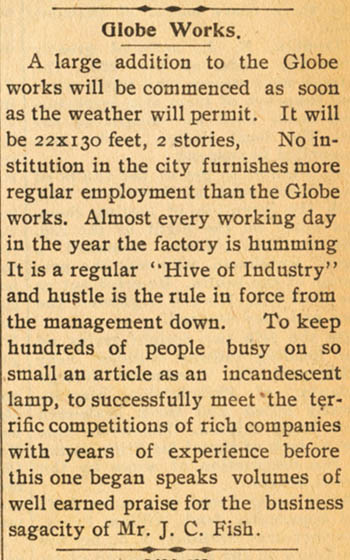 |
|
|
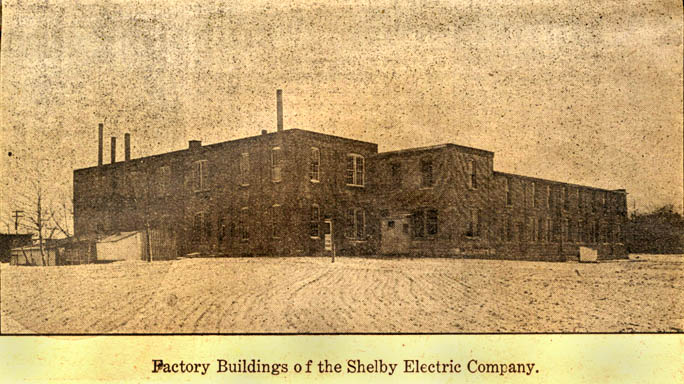 |
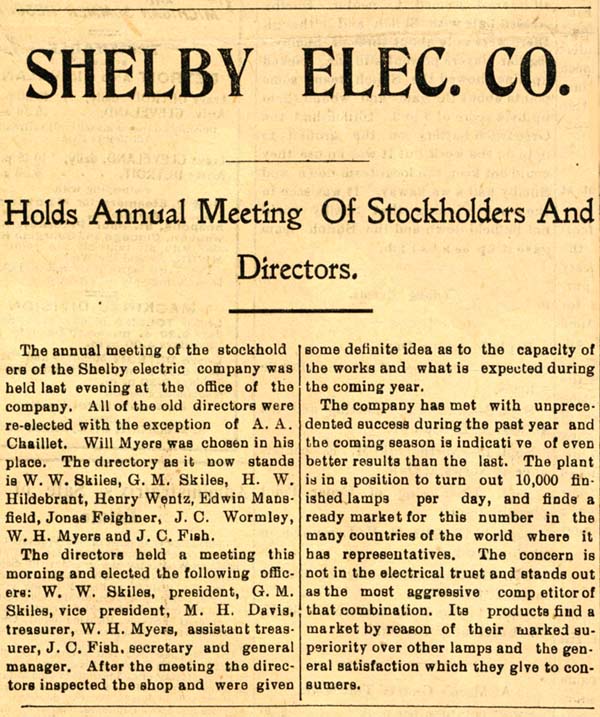 |
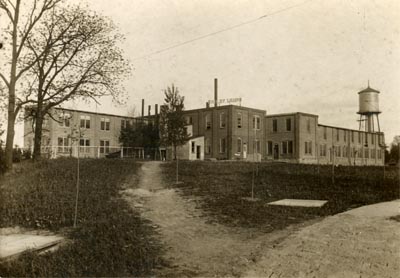 |
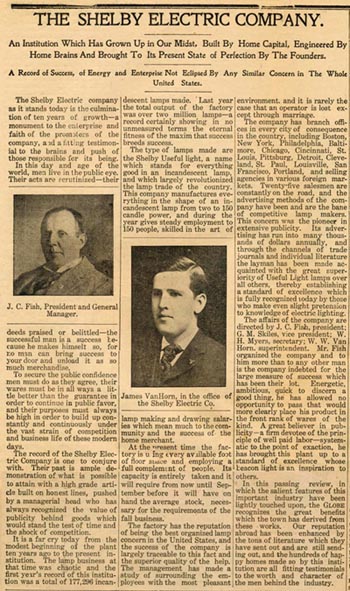 |
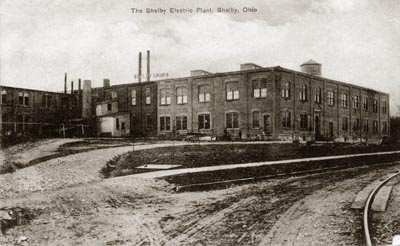 |
with the capacity of laying out an addition of 100 lots and of building on them at once. Every businessman in the town should be interested in this movement. establishment of a restroom and the granting of a 15-minute recess every forenoon and afternoon to employees. The Shelby plant became the nucleus of a vast combination of all the electric lamp companies in the United States, which was called the National Electric Lamp Association, N.E.L.A. division of the General Electric Company of which immediately upon its formation Mr. Fish was made first president, with headquarters in Shelby." (1) |
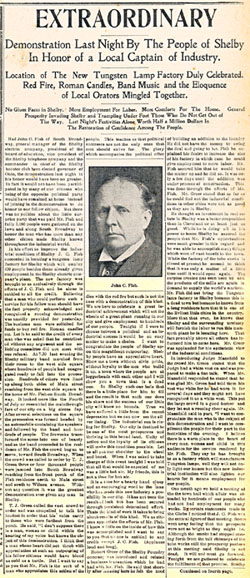 |
To prepare for this expansion mentioned in the above article, the building was again enlarged.
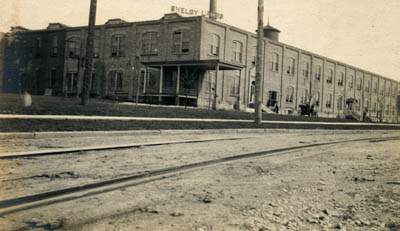 |
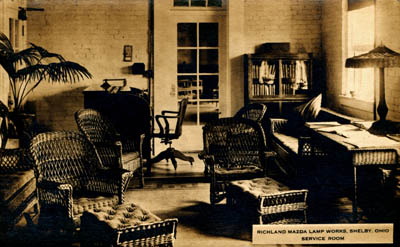 |
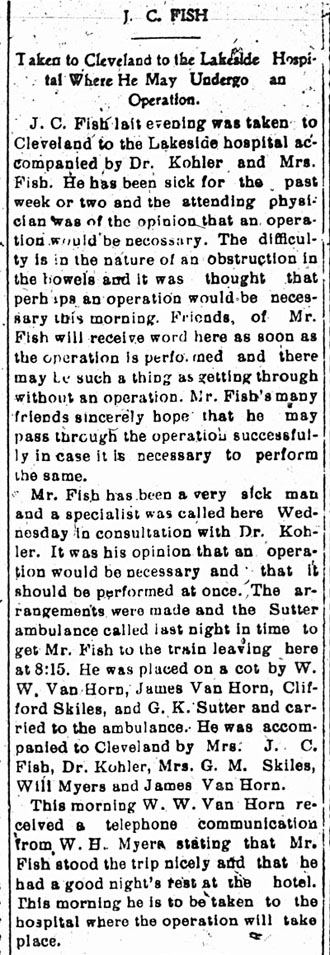 |
|
|
|
"The funeral of the late John C. Fish was held from the family home on South Broadway Monday afternoon at 2:30 o'clock. A special train from Cleveland carried about seventy-five employees of the National Lamp Company to Shelby. An interurban car brought fifty Elks from Mansfield, while other trains brought representative men from various parts of the United States, who gathered with his sorrowing neighbors and friends to pay tribute to his memory. The body lay in state from 9:00 until 12:00 o'clock and it is estimated that 5,000 people passed through the home to look for the last time upon the man whose death came to us as a calamity and as a benediction. While it racked our hearts with pain, his passing away taught the people of Shelby what friendship is and sent thankfulness into their hearts to realize that Shelby had such a man even in death." "The casket was completely covered by tributes from friends who loved the sleeper. As the friends of the departed looked upon his face for the last time they began to realize that a good citizen, a warm friend, a great organizer, and a man of executive ability was lost to them forever." "A constant stream of sorrowing friends visited the home and at 2:30 o'clock when the service was held the home was filled and hundreds lined South Broadway on both sides north to Main Street. In harmony with his life, the service was simple, methodical but very beautiful. " "The grief of an entire community and the respect to one of their honored dead were never more fully exemplified in Shelby than yesterday during the funeral exercises over the late John C. Fish. The wheels of industry, the affairs of tradesmen and the institutions of learning were all closed as a mark of respect, allowing survivors to pay their last tribute to one who was so closely allied in every way to movement, public or private, during his lifetime." "The broken threads of his business relations will be taken up by other hands, now that the last sad rites are o'er, but not so as life or memory shall exist in those of adult age who knew the man, will his ability or endearing qualities be forgotten." "We know no better way of closing this memorial than by quoting one of his own expressions. He said: 'I would rather make men than lamps.' The hundreds who have been directly connected with him know what efforts he made to guide the erring into better way, or what patience and perseverance he exercised in bringing out that best which lies dormant in every human being until it is given a chance to develop. Every citizen knew him in some capacity, but only those who were closest and met him oftenest knew him best, and appreciated to the fullest extent his worth to themselves, to the institutions with which he was connected to the community, and in fact to affairs at large throughout the nation. Rest in peace." |
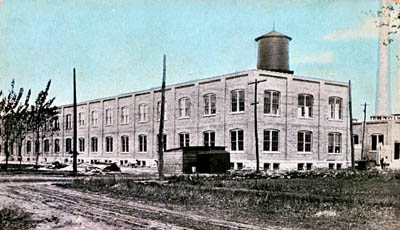 |
|
|
| Page 1 : Shelby Electric Company - Formation |
| Page 2 : Shelby Electric Company - Growth and Change |
| Page 3 : Shelby Electric Company - 1902 and Beyond |
| Page 4 : Researching the J. C. Fish Family |
| Page 5 : Researching the A. A. Chaillet Family - Part I |
| Page 6 : Researching the A. A. Chaillet Family - Part II |
|
|
|
|
Copyright © 2011 - 2025 - The Shelby Museum Of History, Inc.
